When we docked at Manaus in Brazil, all we could see was a fairly industrial landscape. It is the capital of the Amazonas state with a population of over 2 million. In years gone by it was very wealthy due to rubber plantations and lots of lovely buildings were built. The rubber trade was lost to Malaysia and now it depends on producing electronics. Our trip round the city by bus showed us both the poor end and the rich end of the city. We went to the zoo to see all the species of animal that are found in the rain forest which we will not get to see in the wild, so we saw a jaguar, caiman reptiles, various birds, turtles and monkeys. The zoo, which is pleasantly laid out is actually run by the Brazilian army. As they are conscripts it gives them something to do in peace time. After the zoo we drove back down town to the Indian museum, not something we would probably have visited on our own but in fact our guide was very good and did an excellent job of explaining the culture of the native Indians. After that we ended up at the Opera House which was built during the extravagant period when the city was wealthy. It is a beautiful building with a mosaic square in front designed to represent the meeting of the waters and a statue commemorating the building of the harbour. Inside we stood in one of the boxes and admired the architecture. It is still used for concerts today. It also has a ballroom which is sadly no longer used but has Italian chandeliers, frescoes on the ceiling and walls, and marble and cast iron columns which are all well worth a visit to see.
The other trip we did was on a river boat up the Rio Negro to see again the phenomenon of the meeting of the waters, this time of the Negro with the Amazon
. We landed on the island of Terra Nova via a very rickety landing stage and planks and walked into the little village, much smaller than the one we saw yesterday. This village had suffered from very high floods earlier in the year and the high watermark was still visible on the trees and buildings. Latex is still collected from the rubber trees here and a lady demonstrated how it was done and a man in a very smoky hut was processing the rubber further. Further on in the village another man was making a type of tapioca from the root of a vegetable which has to have all the juice squeezed out of it otherwise it is poisonous, and then the flesh is baked to make a fine ground rice which is the local staple diet. It is amazing that this process was derived from a poisonous root vegetable. There were many deaths of early Europeans who confused the root with a potato. On getting back to the river boat we had only just boarded our boat when disaster struck and the landing stage broke away whilst still attached to another boat and the gangway dropped into the river. There were still many people on the island. Attempts to reattach the landing stage proved futile so our boat went into the bank alongside what was left of the gangplank and by a "blue peter" method of utilising a rubber tyre, plank and bit of wood managed to construct something to enable the rest of our passengers to re-board our boat. We then sailed away leaving the other boat with the landing stage still attached to it to devise another method of passenger retrieval. It is so refreshing not to have any health and safety rules in a primitive community and surprise surprise the villagers survive and so did we.
Almost an accident
Thursday, December 06, 2012
 Manaus, State of Amazonas, Brazil
Manaus, State of Amazonas, Brazil
Other Entries
-
1Miami without the Vice
Nov 279 days prior Miami, United Statesphoto_camera5videocam 0comment 0
Miami, United Statesphoto_camera5videocam 0comment 0 -
2A Yellow Submarine trip
Nov 288 days priorGustaviaphoto_camera13videocam 0comment 0 -
3What not to do in St.Lucia
Nov 297 days prior Castries, Saint Luciaphoto_camera13videocam 0comment 0
Castries, Saint Luciaphoto_camera13videocam 0comment 0 -
4Scarborough and Mud
Nov 306 days prior Scarborough, Trinidad and Tobagophoto_camera5videocam 0comment 0
Scarborough, Trinidad and Tobagophoto_camera5videocam 0comment 0 -
5Piranha fishing
Dec 042 days prior Santarem, Brazilphoto_camera15videocam 0comment 0
Santarem, Brazilphoto_camera15videocam 0comment 0 -
6A stroll through a village
Dec 051 day prior Boca Da Valeria, Internationalphoto_camera13videocam 0comment 0
Boca Da Valeria, Internationalphoto_camera13videocam 0comment 0 -
7Almost an accident
Dec 06 Manaus, Brazilphoto_camera26videocam 0comment 0
Manaus, Brazilphoto_camera26videocam 0comment 0 -
8Boi Bumba party
Dec 082 days later Parintins, Brazilphoto_camera12videocam 0comment 0
Parintins, Brazilphoto_camera12videocam 0comment 0 -
9To prison on Devil's island
Dec 115 days later Devil's Island, French Guianaphoto_camera19videocam 0comment 0
Devil's Island, French Guianaphoto_camera19videocam 0comment 0 -
10The Bearded one
Dec 137 days later Bridgetown, Barbadosphoto_camera15videocam 0comment 0
Bridgetown, Barbadosphoto_camera15videocam 0comment 0 -
11Swimming with stingrays
Dec 148 days later Antigua, Antigua and Barbudaphoto_camera14videocam 0comment 1
Antigua, Antigua and Barbudaphoto_camera14videocam 0comment 1 -
12A return visit
Dec 159 days later San Juan, Puerto Ricophoto_camera17videocam 0comment 0
San Juan, Puerto Ricophoto_camera17videocam 0comment 0 -
13Miami in the heat
Dec 1812 days later Miami, United Statesphoto_camera12videocam 0comment 1
Miami, United Statesphoto_camera12videocam 0comment 1

 Manaus, State of Amazonas, Brazil
Manaus, State of Amazonas, Brazil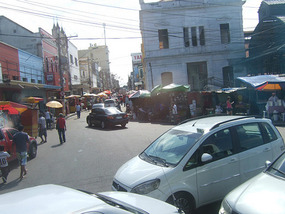









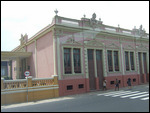
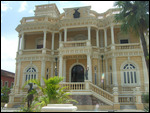
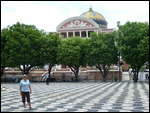
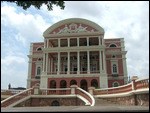
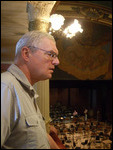
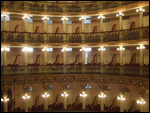
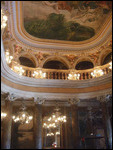
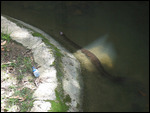
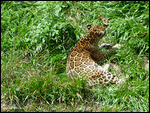
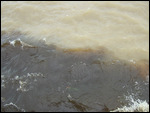
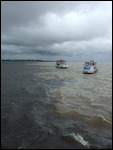
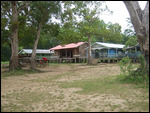
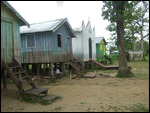
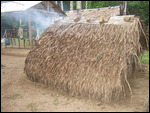
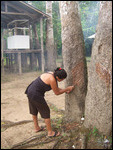
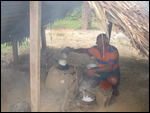
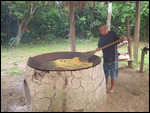
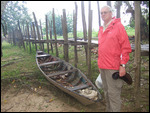
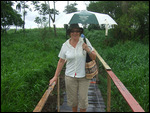
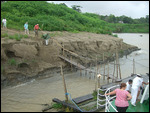
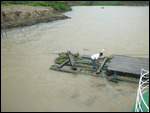
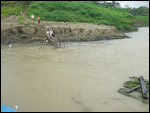
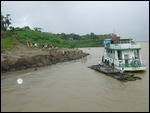
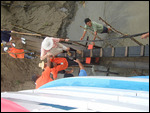
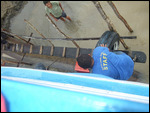
2025-05-22